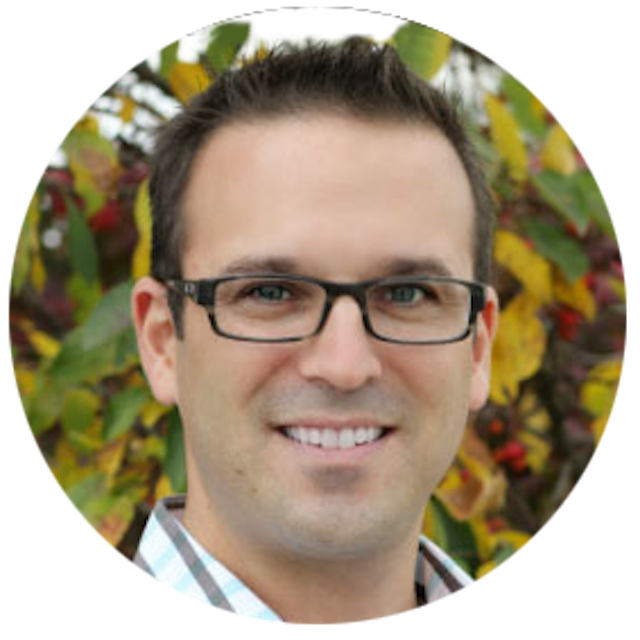As a general dentist, I was excited to add orthodontic treatment to my practice early on in my career. I had the benefit of a great mentor partner dentist who had been performing comprehensive ortho for years when I joined the practice. While it was exciting to consider how orthodontics could positively impact my practice, I was uncertain how difficult it would be to learn and implement this procedure.
To offer clarity on how the addition of comprehensive orthodontics could affect your practice, I’ve detailed what I would consider to be the five main obstacles and advantages this decision offers for your consideration. I’m confident that this information will allow you to navigate this process with ease and ultimately allow you to make an educated decision on whether the addition of traditional braces, cosmetic focused braces, clear aligner therapy, interceptive, and early orthodontics are the right fit for your practice.
1. Do you have the capability?
As GP’s we’re taught (often bullied) to believe that orthodontics should be left to the specialists. This is not to disparage specialist dentists by any means but to remove false barriers for GP’s to offer this treatment for the benefit of their patients and practice. Remember, general dentists have a broader involvement in the overall care of their patients.
Ultimately, you are better prepared to evaluate the potential restorative outcomes if orthodontic treatment is completed prior to major restorative treatment. The amount of CE options out there can be daunting, but there are ways to efficiently learn and become confident treating orthodontics. Advancements in diagnostic software, 3D printing and scanners have automated Cephalometric tracing, made indirect bonding of brackets a breeze, and have made records taking for orthodontics a dental assistant’s responsibility allowing the doctor to be treating other patients.
2. Will it be profitable?
Start-up costs are always a concern as doctors consider adding services to their practices. You’ll need to budget before starting. While ongoing supplies and inventory for orthodontics is relatively inexpensive, the main costs to get started will be a 3D scanner and Ceph technology. I believe you should strongly consider investing in Ceph technology to aid in proper diagnosis. A scanner is great but not a necessity. The average doctor reports investing between $20,000 and $35,000, in the first two years assuming Ceph and scanner technology are implemented. The most expensive investment in your orthodontic start-up will be your time relative to CE. However, it’s important to remember that proper training will ultimately lead to efficiency and profitability. It’s also great timing to learn as much as possible virtually with webinars eliminating travel costs and in person CE.
Let’s do the math. If you refer a minimum of 25 patients to an orthodontist per year at an average of $6500 per treatment, that is $162,000 per year. With a two-year investment of $35,000 in start-up, that is a projected two-year profit (minus staff/material expenses) of $290,000. That is only six cases before you reach your point of profit. We can all find one patient a week that would benefit and accept treatment right out of hygiene.
3. How long does treatment take?
The potential of long treatment times for orthodontics means you’re tied to your patients for a couple of years. Some look at this aspect of treatment as a downside. The bulk of the Dr.’s time is spent on diagnosis and planning. Once cases are going, your assistant nurtures the relationship and does 90+% of the clinical work. You cannot downplay the value of the time you have invested in developing a relationship with your patient. They trust you and will appreciate the convenience of not having to go to another practice. Additionally, you’ll be able to offer the additional efficiency of staggering their orthodontic appointments with their routine dental health visits. Your patients will have confidence knowing that your goal is long term treatment of their overall dental health.
4. Will it help with “big cases”?
Overall Comprehensive Dental Health Starts with Orthodontics.
Whether you are noticing skeletal issues like a crossbite in an 8-year-old or severe malocclusion in a major rehab you hope to treat, the overall health of the patient will benefit from orthodontic evaluation. Your final occlusion will be more stable leading to better longevity of your restorations and your younger patients can avoid many potential complications by getting started early. Your multidisciplinary skills will be a valued asset as you create comprehensive treatment plans. Creating a better occlusal scheme and tooth position is ALWAYS the best place to start. This experience will often be more efficient and cost-effective for your patient leading to an increased level of overall patient satisfaction.
5. Will it change how I practice?
Yes! This one is deeply personal to me. Orthodontics swiftly became my passion. The transformations I have seen in the lives of my patients have been incredibly rewarding. The process has proven to be sustainable; it has drastically improved the overall care I have been able to provide my patients and increased the overall health and profitability of my practice. The decision to add comprehensive orthodontics to my practice was transformational, for me as a professional and a practice owner.
 By:
By: 



